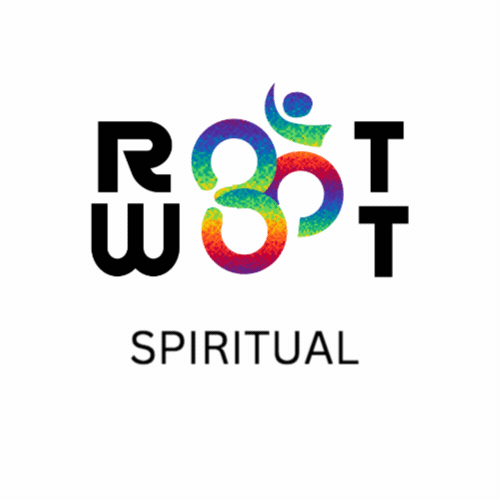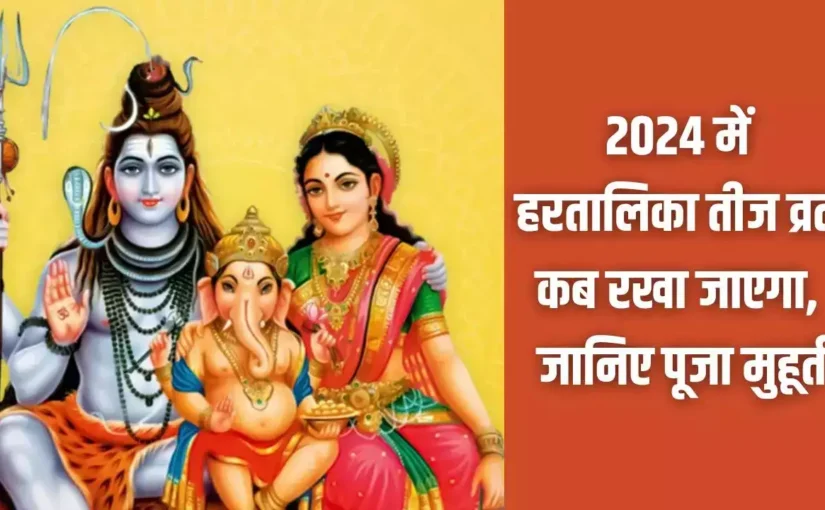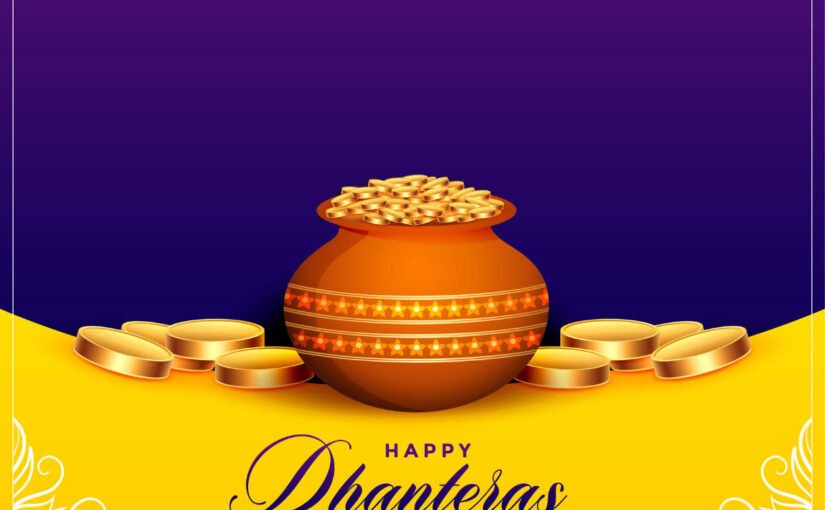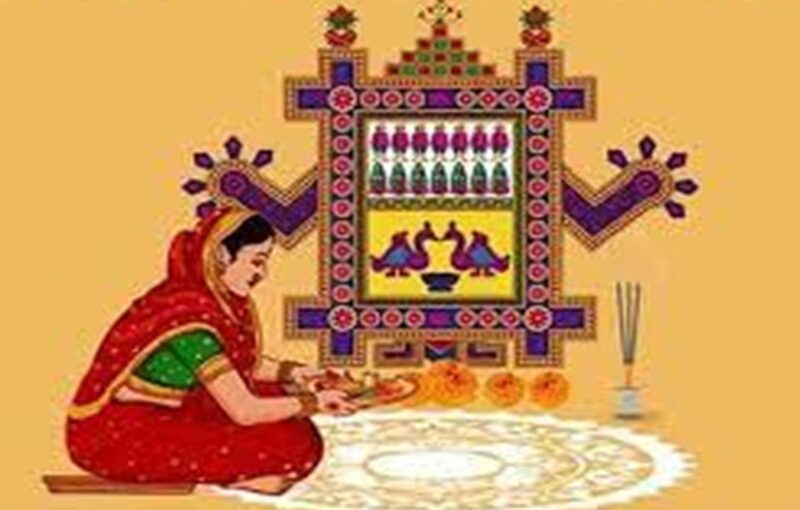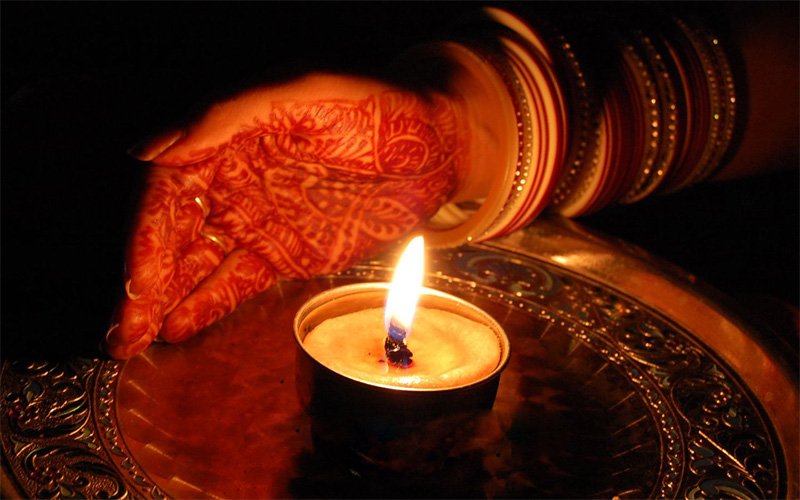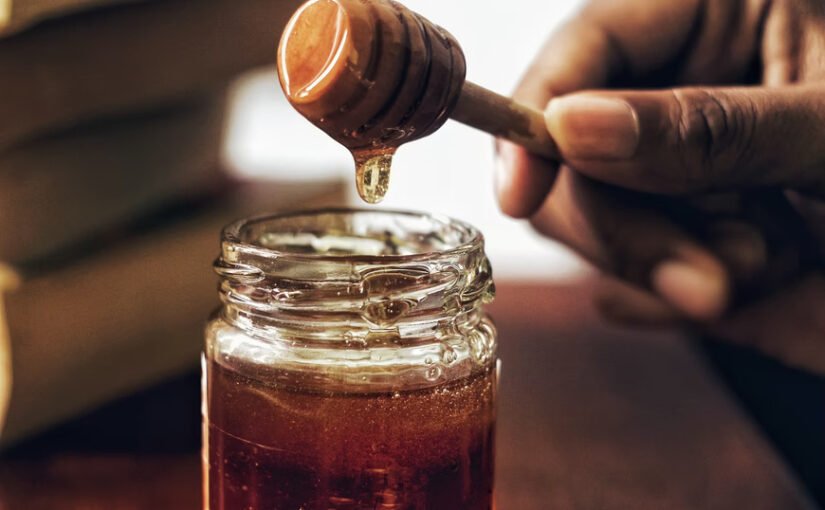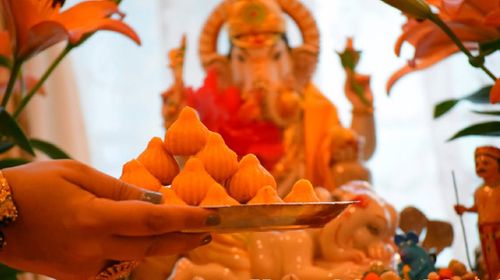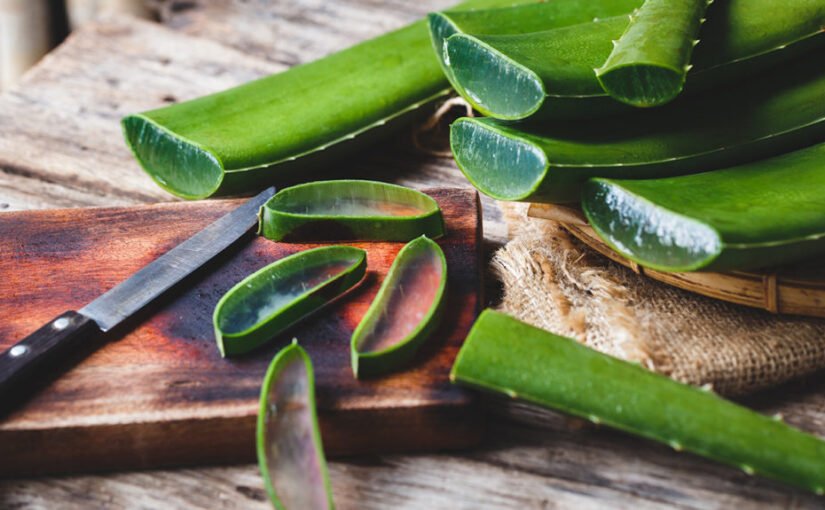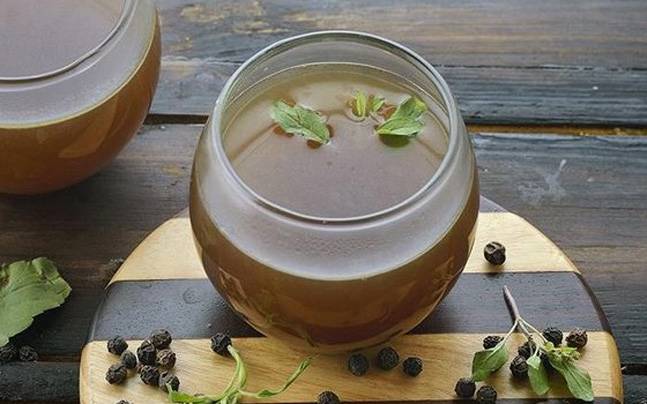Teej is a significant festival celebrated primarily by women in India, especially in states like Rajasthan, Uttar Pradesh, and Bihar. It generally falls during the monsoon season and is a time for women to come together, pray for the well-being of their husbands, and celebrate marital bliss. The festival is characterized by its vibrant festivities, rituals, and traditional clothing, symbolizing devotion, love, and the renewal of relationships. Haritalika Teej will be celebrated on 6 September 2024, Friday. Haritalika Puja Muhurat will be from 06:02 am to 08:33 am. Tritiya Tithi will start from 12:21 PM on 5 September 2024 and will end at 03:01 PM on 6 September 2024. The Meaning of Teej The word “Teej” represents the day ofRead More …
Author: admin
Dhanteras and what you didn’t know about it!
Dhanteras is the first day that marks the festival of Diwali in India. This day is to worship Lord Dhanvantari, the Vaidya of Gods. Lord Dhanvantari is considered the God of Ayurveda who imparted the wisdom of Ayurveda for the betterment of mankind and to help rid it of the suffering of disease. On the 28th of October, 2016, The Indian ministry of Ayurveda, Yoga and Naturopathy, Unani, Siddha, and Homeopathy, announced its decision to observe Dhanteras, as the “National Ayurveda Day”. The puja for this occasion happens in the evening. The puja is also for Goddess Laxmi. Many people do decorations in their homes with colorful lanterns, holiday lights, and traditional motifs of Rangoli designs that are made toRead More …
What is Ahoi Ashtami?
If you don’t know what Ahoi Ashtami is – this is the blog you will need. It is basically is a Hindu festival celebrated about 8 days before Diwali on Krishna Paksha Ashtami. Ahoi Ashtami falls during the month of Kartik, for the North Indian states, and during the month of Ashvin, for the South Indian states. Also, Ahoi Mata is none other than Goddess Parvati. There is fasting and puja performed on Ahoi Ashtami, which are dedicated to Mata Ahoi or Goddess Ahoi. She is worshiped by mothers for the well-being and long life of their children. It is during these days of fasting and after taking a morning bath, women take a pledge, called Sankalp, to keep theRead More …
Karwa Chauth and its true essence
Karwa Chauth is known to be of great interest to the married women of the Indian Society. It is celebrated by the women belonging to the Hindu community in the subcontinent. This puja is based on the lunisolar calendar which accounts for all astronomical positions, especially positions of the moon which is used as a marker to calculate important dates. The festival falls on the fourth day after the full moon, in the Hindu lunisolar calendar month of Kartik. The main ritual surrounding this festivity is the observation of fasting, done by the women, from sunrise to moonrise for the safety and longevity of their husbands. The women begin preparing for Karwa Chauth a few days in advance, by buyingRead More …
Have some honey, it’s good for you!
Honey has more benefits than what is actually advertised. Most skincare products try to incorporate the essence of honey because it is well known that honey is very good for the skin. Eating honey is of course the right way of intaking it – however, at-home facial masks can be made with the help of honey too. In our Indian culture, we ensure we use home remedies for natural and effective results. Thus, let us share two very simple yet very good at-home facial mask recipes: Honey, lemon, yogurt, and turmeric face mask This recipe is amazing for even skin tone, and all of the ingredients contribute to a healthy mask. It is easy to make as well. You willRead More …
Olive oil or ghee? What oil did our grandmothers use to cook with?
Olive oil is a very good product – but did our grandmothers or great-grandmothers use olive oil? Actually, if we ask our mothers – even they would say that they don’t always use olive oil. In most Indian households the usage of ‘ghee’ is prominent. In fact, there are a variety of oils, other than olive oil, used in Indian cuisine for many decades. Here’s a shortlist of oil alternatives to olive oil that our ancestors used while cooking! Coconut oil The use of coconut oil is still very common, especially in southern India. It is easily known that coconut oil is a healthier choice for it is marketed as a superfood. The fragrance of coconut oil adds to theRead More …
The story behind Ganesh Ji and laddu
Ganpati Bappa’s adoration for modak and laddu is deeply rooted in ancient mythology, offering a fascinating glimpse into the rich tapestry of Indian culture and tradition. According to the revered scriptures of the Puranas, the sage Atri and his devoted wife, Anasuya, played pivotal roles in shaping this cherished aspect of Hindu folklore. Legend has it that Sage Atri and Anasuya extended a heartfelt invitation to Lord Ganesha, eager to welcome him into their modest home and bestow upon him the hospitality befitting a divine guest. Overwhelmed with joy and anticipation, they meticulously prepared a sumptuous feast, each dish infused with love and reverence for their esteemed visitor. As Lord Ganesha graciously partook of the delectable spread, his divine appetiteRead More …
What happened to the French Colonies in India?
If one revisits the ancient colonies of India, one would find great heritage. Before the British Rule, there were different nations that were occupying areas in India. Some of these countries were the Netherlands, Portugal, and France. In India, the French had occupied 5 colonies. The beginning of these colonies was from today’s West Bengal. They slowly expanded their ‘empire’ as well as business. The French had bought a piece of land of Bengal from the then Mughal Governor. This area came to be known as Chandernagore. The other areas were Pondicherry, Karaikal in Tamil Nadu and Yangon in Andhra Pradesh on the Coromandel Coast, and Mahe in Kerala on the Malabar Coast. The locations of these colonies were veryRead More …
The usage of Aloe Vera has existed for centuries!
Nowadays, people have been paying more attention to skincare needs, and so on. Almost every ‘essential’ product has a certain percentage of aloe vera in it. In fact, consumers have made it a point to consume and promote products that have aloe vera in them. As a consumer, you might have seen the craze of aloe vera is very recent. However, if we look deep into history – you can actually find that the importance and knowledge about aloe vera have existed for centuries. It just got ‘repopularized. Aloe Vera is a herb that has many uses. It has been traced back in writings in many different cultures and as far back as the Greek, Egyptians, and Roman eras. IfRead More …
How did Old India cure fever without using western medicine?
Whenever we get a fever, the first thing we do is take medicine. This medicine can be paracetamol or some other westernized medicine. But these medicines came much later, so there must be an alternative to the cure of a fever. Old India believed and thrived on home remedies – remedies that did not cost much but were very effective. One of the ways to cure fever was the use of ‘Kadha’. Kadha is basically a juice made of organic and ayurvedic ingredients. This is Grandma’s recipe for a healthy body! This juice has the goodness of ginger, cloves, honey, cinnamon sticks, etc. Each of the ingredients contributes to a better immune system and helps fight against any illness –Read More …
